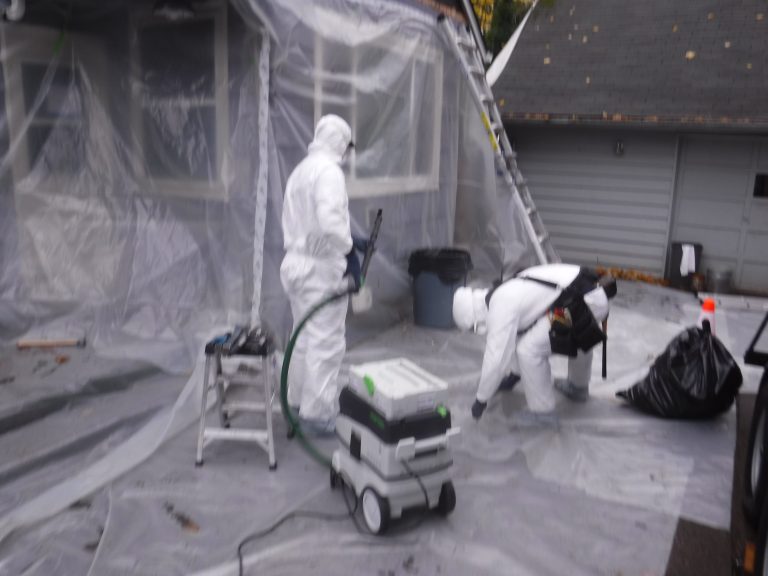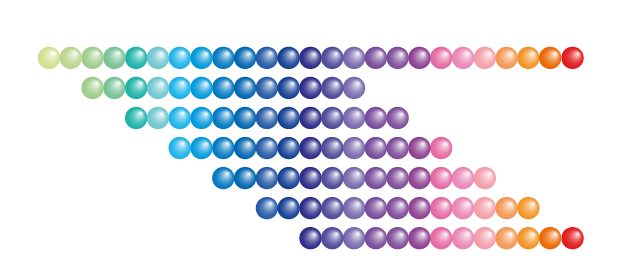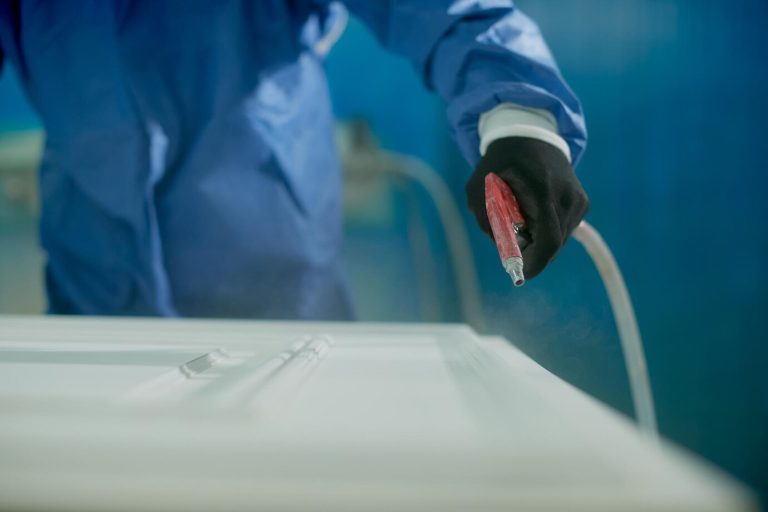How to Get the Most Out of Your Watercolor Paints
Watercolor paints are loved for their vibrant hues and fluidity, offering a sense of freedom to artists while also requiring a certain level of technique to master. Whether you’re a beginner or an experienced artist, understanding how to maximize the potential of watercolor paints can transform your work. In this article, we’ll explore practical watercolor paints tips and watercolor techniques to help you elevate your art and get the most out of this beautiful medium.
1. Choose the Right Supplies
Before diving into using watercolor paints, it’s important to start with the right supplies. Not all watercolors are created equal, and the quality of your materials will significantly affect your results. Invest in artist-grade watercolor paints for better pigment quality and more vibrant colors. Student-grade paints are a good starting point but may not offer the same intensity or consistency.
Equally important is the type of paper you use. Watercolor paper is specifically designed to handle the water and pigment flow. Cold-pressed paper is a versatile choice for beginners, offering a textured surface that works well for most techniques. Hot-pressed paper has a smoother surface, ideal for more detailed work, while rough paper is great for creating bold textures.
Tip: Always use watercolor brushes with soft bristles designed for this medium, as they hold water well and give you better control over your strokes.
2. Master the Wet-on-Wet Technique
One of the most popular watercolor techniques is wet-on-wet, where you apply wet paint to a wet surface. This method allows the colors to blend and flow seamlessly into one another, creating soft transitions and organic patterns. It’s ideal for painting skies, water, or creating abstract backgrounds.
To use this technique:
- Wet your paper with clean water using a large brush.
- While the paper is still damp, load your brush with watercolor and gently apply it to the wet surface.
- Watch as the color spreads and blends naturally, allowing you to create beautiful gradients and soft effects.
Tip: Experiment with the amount of water on your paper and brush. The more water, the more fluid and spread-out your colors will be. Less water will create sharper, more defined edges.
3. Layering for Depth and Vibrancy
Layering is another key technique for using watercolor paints effectively. Since watercolors are transparent, building up layers allows you to achieve depth, dimension, and more vibrant hues. Start with light washes and gradually layer darker tones as you go. This approach is especially useful for creating landscapes, portraits, or intricate designs.
To avoid muddiness, make sure each layer is fully dry before applying the next one. You can use a hairdryer on a low setting to speed up the drying process if necessary.
Tip: When layering, be mindful of the transparency of watercolor. Use the natural white of the paper to create highlights, rather than applying white paint, as this preserves the luminosity of the colors.
4. Control Your Water-to-Paint Ratio
The beauty of watercolors lies in their versatility, and controlling the ratio of water to paint can dramatically change the outcome of your work. More water results in lighter, more transparent washes, while less water produces stronger, more saturated colors.
For beginners, it’s crucial to practice finding the right balance for each piece. Experiment with different ratios to see how the colors behave. This control is essential when transitioning between soft backgrounds and sharper details.
Tip: Use a test strip of watercolor paper to check the saturation and transparency before applying the paint to your final work. This way, you can adjust the ratio without risking mistakes.
5. Embrace the Use of Dry Brushing
Dry brushing is a technique where you use a brush with minimal water and paint to create texture and roughness on the surface. This is great for adding detail to landscapes, such as foliage, tree bark, or textured buildings.
To achieve this effect:
- Load your brush with paint but remove excess water by gently dabbing the brush on a paper towel.
- Lightly drag the brush over the dry surface of your paper to create broken, textured lines.
Tip: Try using different brushes for dry brushing, such as a fan brush or a flat brush, to create a variety of textures in your work.
6. Experiment with Masking Fluid for Clean Edges
If you want to maintain clean, white spaces in your painting, masking fluid is a fantastic tool. Masking fluid is a latex-based substance that you apply to areas of the paper you want to protect from the paint. Once the paint is dry, you can easily remove the masking fluid, revealing crisp, clean edges.
This technique is especially useful for preserving highlights or creating detailed elements like stars in a night sky, snowflakes, or light reflections on water.
Tip: Use an old brush or a silicone applicator for applying masking fluid, as it can be difficult to clean off fine brushes. Once it dries, gently peel it off with your fingers or a soft eraser.
7. Don’t Be Afraid to Lift Paint
One of the advantages of watercolor paints is the ability to lift or remove paint even after it has dried. This allows you to correct mistakes, lighten areas, or add highlights. To lift paint:
- Dampen the area you want to lift with a clean, wet brush.
- Gently blot the area with a paper towel or tissue to remove the pigment.
This technique works best on higher-quality watercolor paper, which is more durable and can handle repeated reworking without tearing.
Watercolor painting offers endless possibilities for creativity and expression. By mastering key techniques such as wet-on-wet, layering, and controlling the water-to-paint ratio, you can get the most out of your watercolor paints and create stunning works of art. With practice and experimentation, these watercolor paints tips will help you develop your skills, allowing you to explore the medium’s full potential and enjoy the artistic process.
In schools in Mladost Sofia there are a lot of interesting occupations like drawing with pastels, making personalized t-shirts and gifts.






